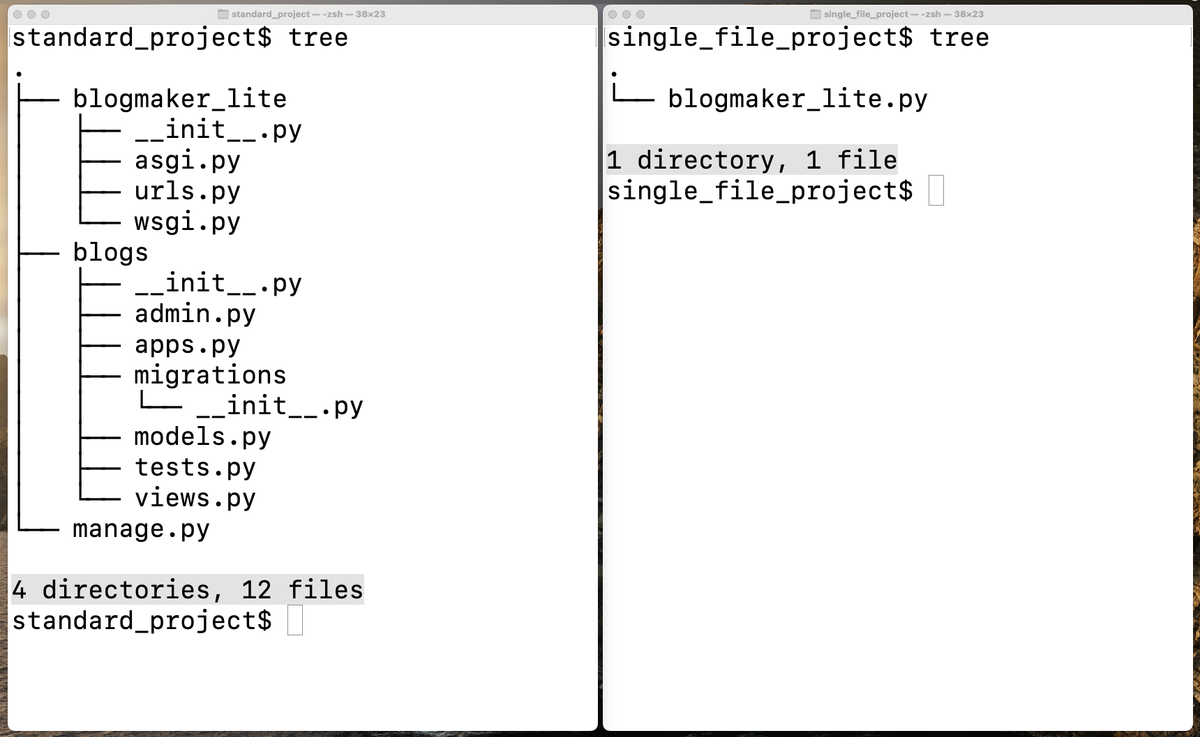
Argo CD Kubernetes Tutorial
Usually, when devs set up a CI/CD pipeline for an application hosted on Kubernetes, they handle both the CI and CD parts in one task runner, such as CircleCI or Travis CI. These services offer push-based updates to your deployments, which means that credentials for the code repo and the deployment target must be stored with these services. This method can be problematic if the service gets compromised, e.g. as it happened to CodeShip last year.
Even using services such as GitLab CI and GitHub Actions requires that credentials for accessing your cluster be stored with them. If you’re employing GitOps, to take advantage of using the usual Push to repo -> Review Code -> Merge Code sequence for managing your infrastructure configuration as well, this would also mean access to your whole infrastructure.
It can also be difficult to keep track of how the different deployed environments are drifting from the configuration files stored in the repo, since these external services are not specific to Kubernetes and thus aren’t aware of the status of all the deployed pieces.

















